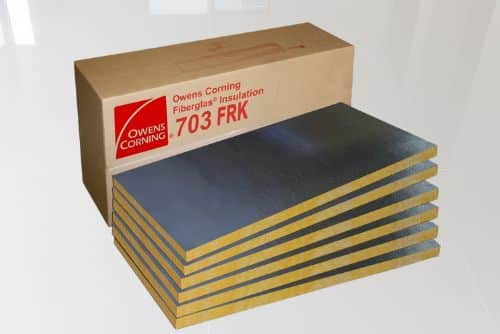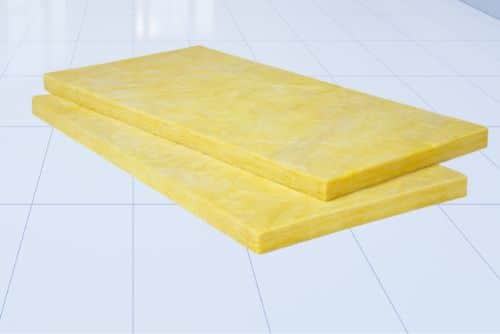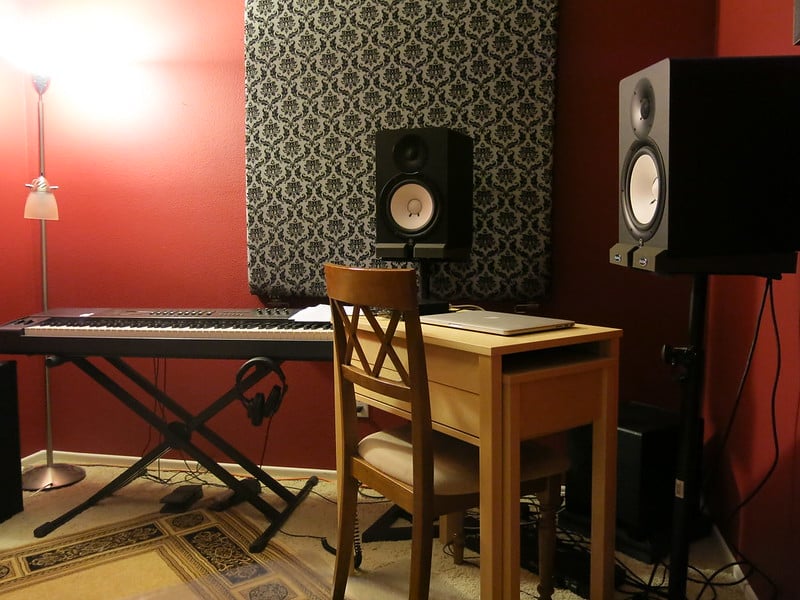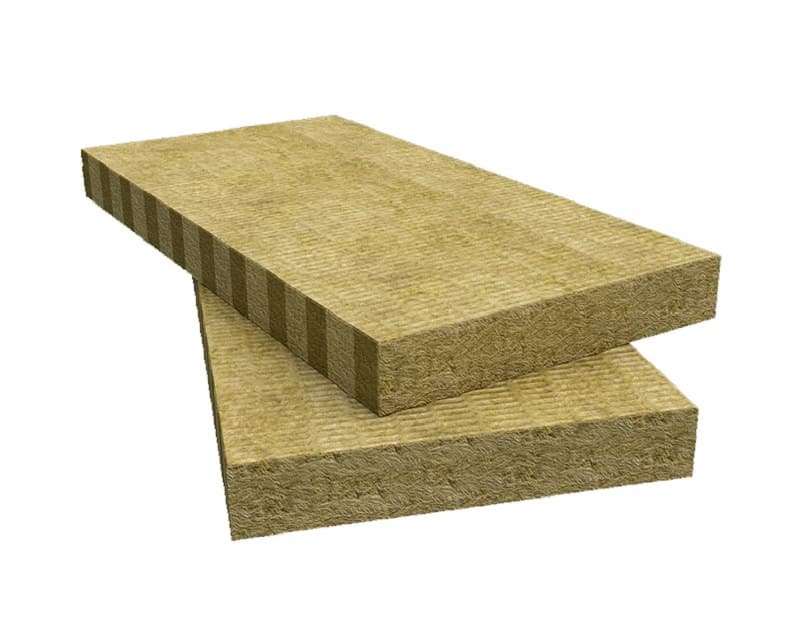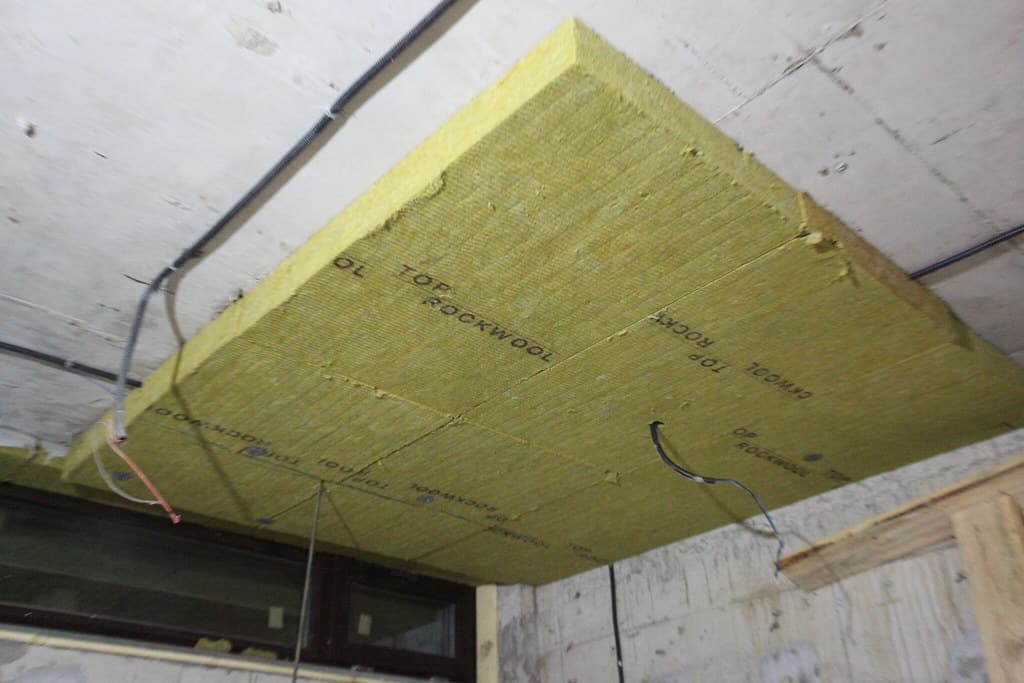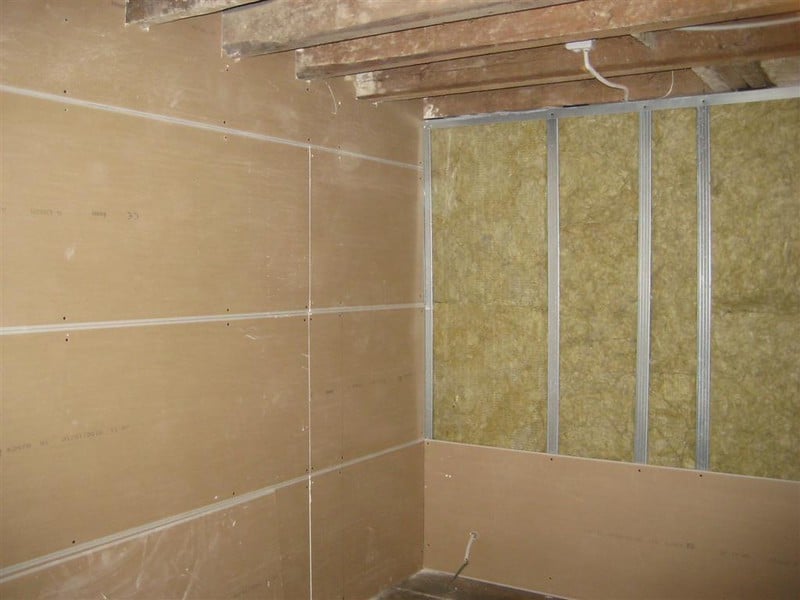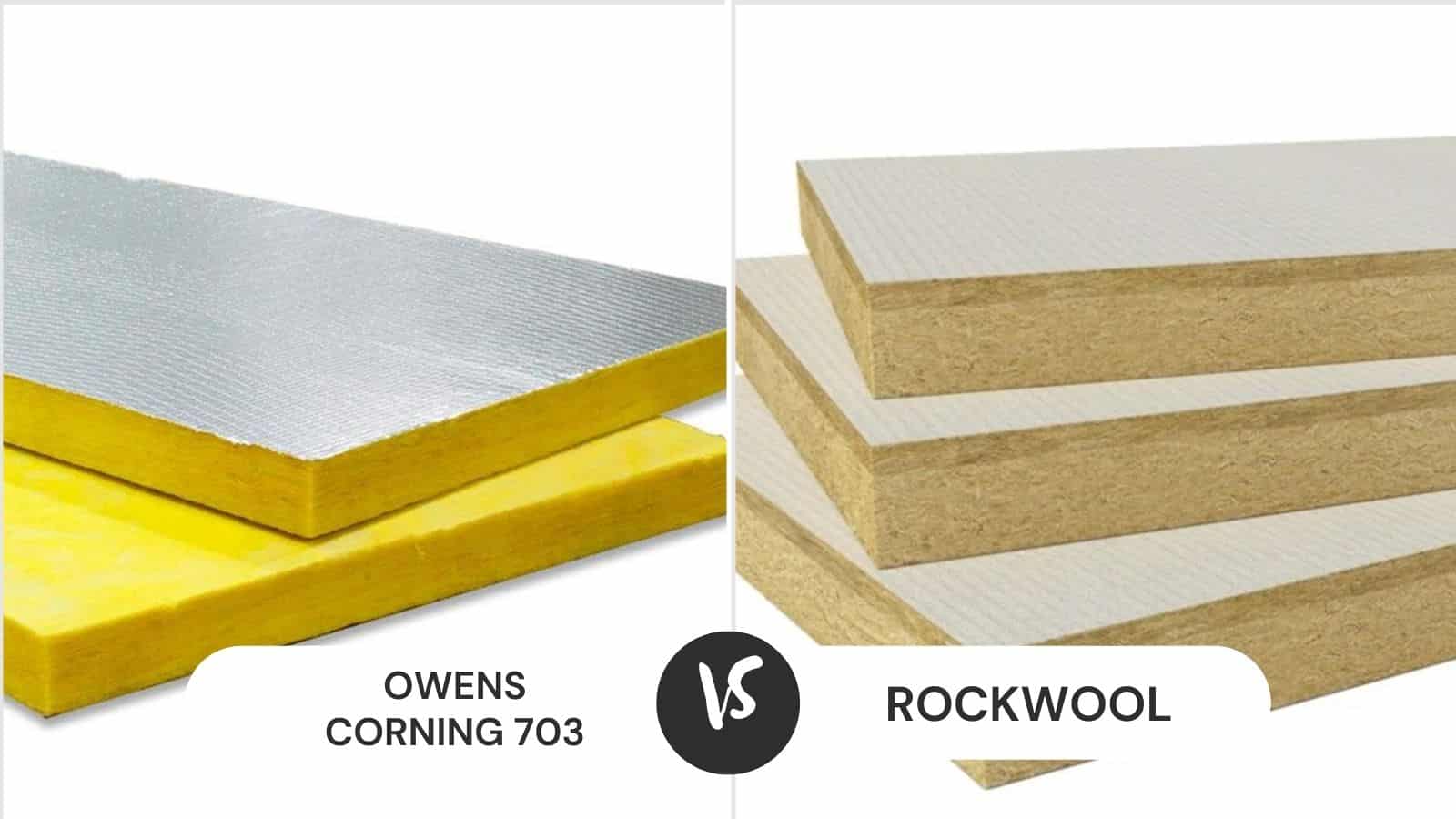
Music production is a sensitive process, and sound insulation is an important factor in in-studio music recordings.
Sound insulation prevents the outdoor noise and sounds from permeating into the studio to make sure the jamming and recording sessions are not disrupted.
In addition, the sound insulation helps boost the bass and improves echo. This is why it’s important to know the differences between 703 insulation by Owens Corning and Rockwool, as these two are the most popular insulation materials.
Differences Between Owens Corning 703 vs Rockwool
| Features | Owens Corning | Rockwool |
|---|---|---|
| Thickness | Starts from ¾ inches to 4 inches | 25mm, 50mm, and 100mm |
| Density | 48kg/m3 | 1.37 pounds of 22kg per cubic meter |
| R-value | 8.7 | 3 to 3.3/per inch |
| Vapor barrier | Yes | No |
Owens Corning 703
It is important for the musicians to cut down on echo and noise in the studio as there are various flat and hard surfaces.
These are fiberglass boards that can be used for creating custom sound panels to create an insulated studio while enhancing the overall look. It is acoustic insulation and is also known as rigid fiberglass.
1. Design & Build
This insulation material is made from inorganic glass fibers and has a thermosetting resin binder. The binder is used for making the boards more rigid, so they can retain their shape even with the lightweight design.
These panels/boards are formed in flexible, semi-rigid, and rigid boards. There are multiple densities available according to the application needs.
- Insulation boards
The insulation boards are designed with the factory-applied FRK and ASJ facings. In particular, these are the vapor retarding facings that help deliver a neat and smooth finish. For this reason, it is a suitable choice for absorbing the echo.
It uses an insulation board made from compressed fiberglass that improves sound absorption, making them suitable for music recording studios, home theaters, vocal booths, and control rooms.
In addition, they are used in the listening rooms. The panels/boards are usually semi-rigid and unfaced on every side, which is why they are later covered with acoustic fabric.
It can be easily cut out with utility knives for the irregular area, so you can use it for sound insulation projects, including your music recording room.
- Panels
The panels can be installed on the walls and ceiling with the help of impaling hooks and acoustic adhesives. In addition, the panels can be installed between the z-shaped furring, hat channels, and furring strips.
If you use the fasteners for installing these panels, the fasteners must be located three inches away from the panels’ corners.
The panels are available in multiple thicknesses, which start from ¾ inches to 4 inches. It is widely used as an absorber in the music industry, particularly for acoustic panels.
Usually, the plain and rigid boards are used for sound insulation, given promising sound absorption features.
In addition to this, these panels have higher thermal resistance, so they will keep the room cooler while keeping the unwanted noise at bay.
2. Properties
The panels are known for exceptional acoustic properties that improve the sound experience. The boards have 48kg/m3 density, making them suitable for acoustic settings.
With a thickness of two inches, the fiberglass board has a noise reduction value of 1.05 so it can absorb the medium and high sound frequencies.
When applied around the airborne noise machines and musical instruments, it can reduce the noise/sound transmission significantly.
Given the exceptional sound absorption, the boards are used for acoustic insulation. The boards also have a vapor barrier jacket that creates a neat and brighter appearance, making them easier to clean.
The panels are widely used for making bass traps that are placed in the studio’s corner to absorb the low frequencies. The panels are available in a pack of six, making it easier to cover the recording rooms.
With the average NRC of 1, it works the best in the 500 Hz to 2000 Hz range.
Pros
- Affordable
- Vapor barrier to prevent mold development
- 1.05 noise reduction coefficient
- Easier installation, given the flexible design
- Suitable for acoustic panels
Cons
- Not a long-term solution because insulation effectiveness reduces over time
Rockwool
It is one of the most popular insulation solutions available because they are easy to work with. This is because it settles well between the ceiling joists and wall studs, and will not move once installed.
This insulation can hold its structural integrity against running water and open flames. While these panels are great for sound insulation, they can also keep the homes cool during the summer season and warm during the winter months.
The best thing about this insulation is that it won’t lose its thermal effectiveness as it will remain stable for decades.
Also, the material and manufacturing process of the insulation makes it heat-resistant up to 1400-degrees Fahrenheit, and some models can manage over 2150-degrees Fahrenheit temperature without catching fire, smoking, or melting.
In addition, it has resistance to mold, mildew, and water, which makes this a more durable option.
1. Design & Build
The insulation is known for the soft batts, which are literally made from stone as it’s a combination of slag and basalt (it’s a volcanic rock). The slag is the by-product of copper and steel, which makes it sustainable insulation.
It is made by melting the volcanic rock and slag, and multiple layers are fused together. For this purpose, the soft fibers are added to the machine, which adds the layers of fibers on the sheet in a zigzag motion.
- Panels
In addition, the panel’s internal layers have oil and binding solution. The panels are added to the roller to compress them and achieve the specific insulation density. There are no heavy metals in the panels, but the binding material has formaldehyde.
Many people have complained about formaldehyde playing an adverse role in air quality standards, but exposure to high temperatures during manufacturing neutralizes the effects, so the panels are safe to use.
In particular, the company has acquired the Greenguard Gold status, which promises high-end air quality in the home.
As far as the thickness is concerned, the standard thickness ranges from 1.5 inches to 6 inches, depending on the panel model you are using.
Also, this is a compressible option, so there is no need for fluffing during installation as it will revert to the original position.
2. Properties
This is one of the firmest panels available that sticks to the ceiling joists and wall without using the fasteners. The components and layers are tightly packed, resulting in a friction fit.
As a result, the panels will stay in one place for decades without sagging. In addition to providing sound insulation, it provides protection against pests, moisture, and fire because the organic matter is removed during manufacturing processes.
Moreover, it has a higher density, promising exceptional sound-dampening features. It has an R-value of 38 to deliver promising insulation and has a density of 1.37 pounds or 22kg per cubic meter.
If you are concerned about the vapor barrier, these insulation panels don’t need the barrier because the materials are resistant to moisture and the hydrophobic nature of the volcanic rock eliminates the need to use a vapor barrier.
The panels are made from 16% to 40% recycled materials, which is why it’s a more sustainable choice.
The thicker density of this insulation slows down the transmission of sound waves and blocks them, resulting in impeccable soundproofing. In particular, it can dampen the sound by 10dB to 15dB.
Pros
- Energy-efficient
- Durable because of high density and resistance from fire, mold, and mildew
- Protection from fire
- No smoking
- Easier installation
Cons
- Heavyweight
- Expensive
The Final Verdict
Both these insulation panels are extremely popular and are used for acoustic treatment of music recording rooms. However, the Rockwool has a higher density, which means the noise absorption will be higher.
Having said that, the Owens panels are suitable for mid and high frequencies, while the other one has higher bass absorption.

